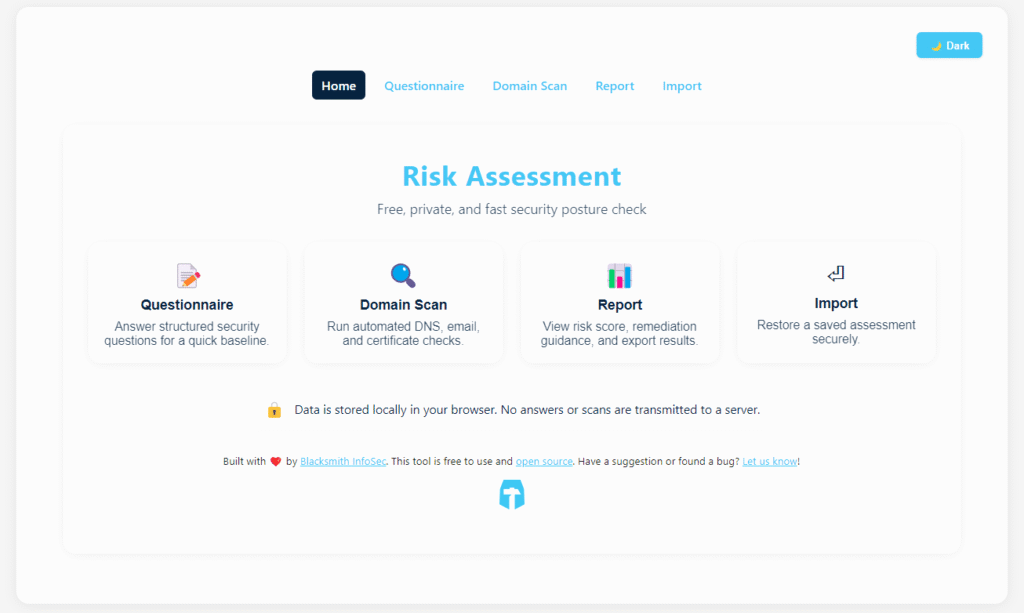In July 2025, Allianz Life Insurance Company of North America disclosed a major cyberattack impacting approximately 1.1 million customers. The breach exposed sensitive personal information and is part of a broader wave of high-profile cyberattacks targeting global companies. As the digital footprint of financial institutions continues to expand, this incident highlights the evolving risks associated with cloud-based platforms and sophisticated social engineering tactics targeting companies and their clients.
Timeline and Nature of the Attack
The Allianz Life breach was first identified in late July 2025 when unusual activity was detected within the company’s cloud-based customer relationship management (CRM) system. Threat actors reportedly used advanced social engineering techniques to gain credentials and bypass defenses, granting them unauthorized access to the database storing policyholder information. Allianz Life promptly notified authorities, including the FBI, and activated their response protocols to investigate and contain the breach. Public notification was issued only after preliminary assessments confirmed the scope and impact, with customers warned to remain vigilant about suspicious communications related to their personal information.
Breach Information (from Allianz Life’s breach notification)
- Total number of persons affected (including residents): Unknown
- Total number of Maine residents affected: Unknown
- If the number of Maine residents exceeds 1,000, have the consumer reporting agencies been notified: [No Entry]
- Date(s) Breach Occured: July 16, 2025
- Date Breach Discovered: July 17, 2025
“The breach didn’t result from an attack on Allianz Life’s own networks. Instead, cybercriminals leveraged sophisticated social engineering tactics to access a third-party, cloud-based customer relationship management (CRM) system.” — Strobes.co
What Data Was Exposed?
According to Allianz Life’s breach notification, the compromised database contained a range of personally identifiable information: names, addresses, policy details, and in some cases, financial account data. The extent of exposure raises concerns about widespread identity theft and fraud risks, especially for those whose financial records were included. While the company has not confirmed all specifics publicly, early reports indicate that the breach affected US customers only, with no evidence so far of direct financial loss but significant potential for phishing attempts and fraudulent activity.
Immediate Fallout and Response
Allianz Life moved quickly to mitigate the damage following the breach. The company shut down affected systems, launched a thorough investigation with the assistance of cybersecurity experts, and worked closely with federal authorities. Impacted customers received breach notifications outlining the exposure and were advised to monitor their accounts and credit reports for suspicious activity. Allianz Life also offered complimentary credit monitoring and identity theft protection for those affected. Regulators and the insurance industry at large responded with concern, emphasizing the need for strengthened oversight of cyber risk and third-party platforms.
Lessons for the Insurance and Financial Sector
The Allianz Life incident serves as a stark reminder that cloud-based tools, while offering flexibility and efficiency, present unique cybersecurity challenges. Insurers and financial institutions are attractive targets due to the volume of sensitive data they handle, and this breach illustrates how sophisticated social engineering can bypass even robust security systems. Effective third-party risk management, ongoing employee security training, and tight access controls are more important than ever. Equally critical is the need for agile incident response plans, transparency with customers, and rapid regulatory engagement during a breach event.
What Customers and Organizations Should Do Now
For Allianz Life customers, vigilance is essential. Individuals should place fraud alerts on their credit files, monitor financial accounts for unauthorized activity, and take advantage of the free identity protection services offered.
Organizations across the insurance and finance sectors are advised to reassess their cloud security postures and review internal controls. Regular phishing simulations, multi-factor authentication, strong password policies, and close coordination with third-party vendors can reduce exposure to similar attacks in the future.
Summing It Up
The hack at Allianz Life demonstrates how a single breach can have wide-ranging consequences for both an organization and its customers. As attackers develop more advanced methods — and as companies increasingly rely on cloud services — the cybersecurity stakes for the insurance industry have never been higher. Proactive preparation, robust defense in depth, and a culture of continuous risk assessment are essential to meet today’s cybersecurity challenges.



